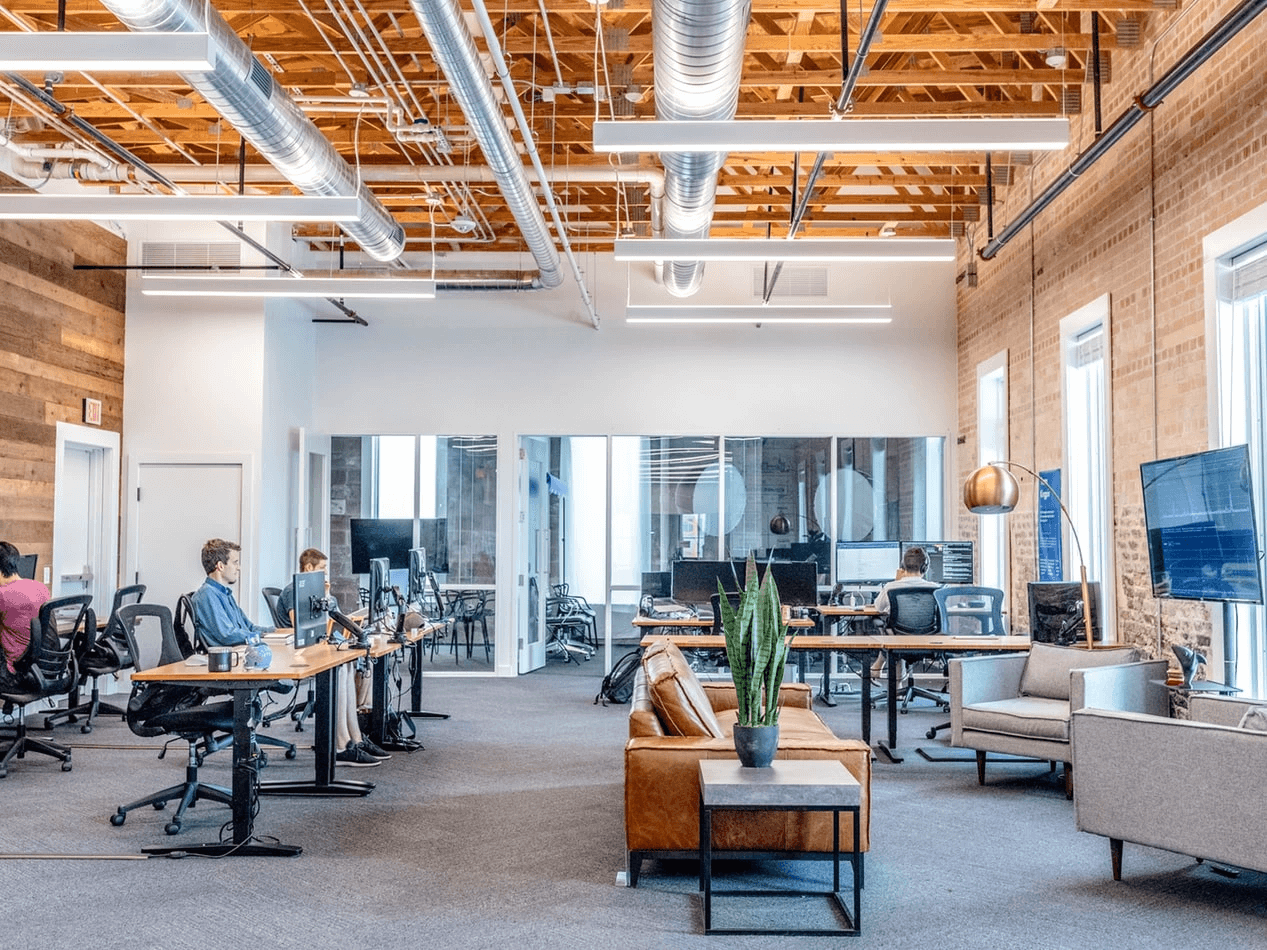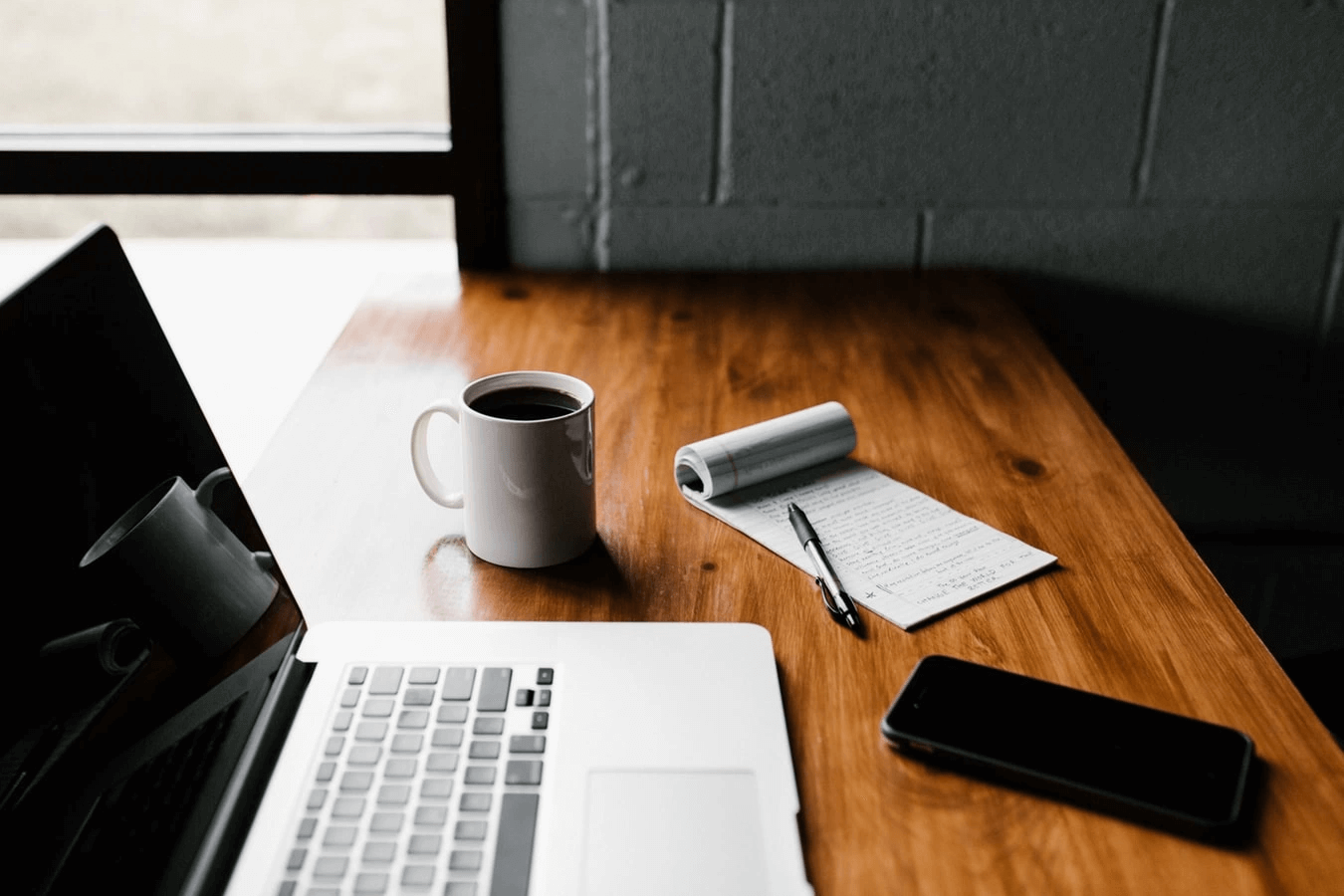Good Office Design Includes Soundproofing For Productivity
Soundproofing and office productivity are inextricably linked. Loud or continuous noises are not only distracting but detrimental to employee health. Employers are losing money in lost time to these distractions and employee turnover because many offices were not designed with modern noise levels in mind. Small, strategic soundproofing integrated into office design can greatly affect employee happiness, health, and the business’ bottom line.

This concept isn’t new. Links between noise and health have been known since 1972 when the Noise Control Act was created. In its text, it states: “The Noise Control Act of 1972 establishes a national policy to promote an environment for all Americans free from noise that jeopardizes their health and welfare.” According to the Act, the health effects are, “Problems related to noise include stress-related illnesses, high blood pressure, speech interference, hearing loss, sleep disruption, and lost productivity.”
Consumer Research Journal Article Is Noise Always Bad? Exploring the Effects of Ambient Noise on Creative Cognition explains, “A high level of noise may cause a great deal of distraction, causing individuals to process information to a lesser extent and therefore to exhibit lower creativity.” They define a high level of noise at 85 dB. That’s equivalent to a dishwasher, a diesel train travelling at 45 mph at 100 ft away, or a food blender.
Business Thrives Downtown, and So Does Noise
City centres are where most businesses are built and endure. Closer to public transit, employees aren’t reliant on cars to commute. Near other interesting businesses, employees can quickly remove themselves from the office environment for lunch across the street or coffee in the next building. Stepping onto a bustling sidewalk can lift one’s mood. As Stephanie Meeks says in her book The Past And Future City:
“It is well documented that our moods, emotions, and even health are dependent on the world around us. Studies have shown, for example, that people in hospitals recuperate more quickly if the have a window onto green space and natural light. Others have shown that people are happier and more social on lively streets than on drab, forlorn ones.”
All of these mood-lifting environmental factors bring noise with them. “Since 1995, public transportation ridership has increased by 30 percent – a growth rate higher than the 22 percent increase in the U.S. population.” So, what brings these employees to work downtown, both literally and figuratively, quickly becomes a drawback once their work begins. This increase means more rumbling train noises, dings and bells to alert of its arrival, and PA to announce its destination.
Once inside the walls of the office, if the design doesn’t stand up to the noise outside, the joy of the city will quickly fade. If an employee cannot even take a sales call without disruption, the design of the building is not doing its job.
More companies are choosing to move into already standing structures. This saves them money and time that would otherwise go into starting from scratch. It’s also the more sustainable route—the greenest building is the one already built. But this shift brings another set of challenges on top of the city noise already knocking on their door. These buildings were not designed for their purposes and must be reconfigured to meet workers’ needs. This often leads to an open office plan, creating even more noise issues to solve.

Consider Your Environment and Work with What You Have
People may gasp at the design features of an office lobby, but once the reality of its acoustic insufficiencies set in, the reverence will face. No matter how beautiful you make a space, if people aren’t comfortable, they won’t stay. A truly comfortable, easy-to-work-in environment day after day will help with employee retention, which helps save money in the long run.
Workers are spending more and more time in the office. The average American worker spends 44 hours a week at work according to the US Bureau of Labor Statistics. That’s about 2,000 hours (if they take their 2 weeks vacation, plus the standard holidays) per year that an employee is in the office with their coworkers, being subjected their noise and any outside noise that enters the building. And, as we talked about before, both someone making a smoothie in the kitchen and a passing train (85 dB) will disrupt employee creative thinking.
How to Use Small Design Changes & Strategic Noise Reduction
Perform an audit of the space to understand how noise penetrates the building. Noise can enter anywhere air does: doors, walls, ceilings, windows, or any other opening in the building. You can hire a professional or you can do this yourself. Become a noise expert, then use strategic soundproofing to limit noise pollution.
Mitigating sound is about observing the source of noise, assessing the space to figure out where sound waves travel, and then bounce off or are absorbed. While you can hire an acoustic consultant, plenty of solutions can be implemented with some creative thinking on what surfaces are present and how the dynamic of the space can change with the introduction of new materials or even new structures.
There are two types of soundproofing, sound reduction and sound absorption. Sound reduction stops noise from entering the building and sound absorption stops noise from reverberating around a space. Both will need to be addressed when transforming older buildings in city centres into ideal working environments.
If you’d like to learn more about other ways to make your home more energy efficient, you can contact Acoustica Projects.
Call us 1300 498 268
Email us – enquires@acousticaprojects.com.au
Website – https://acousticaprojects.com.au/

